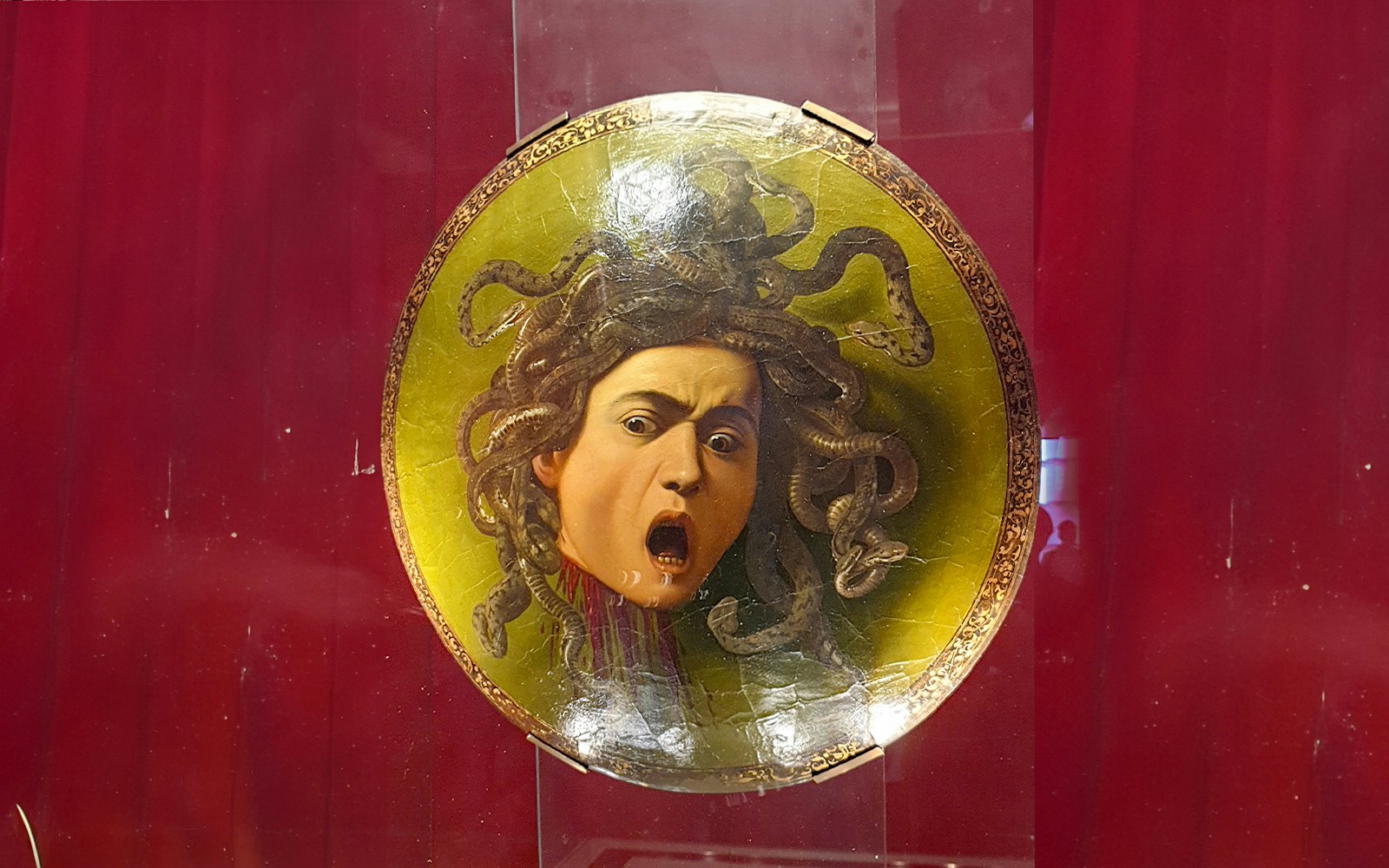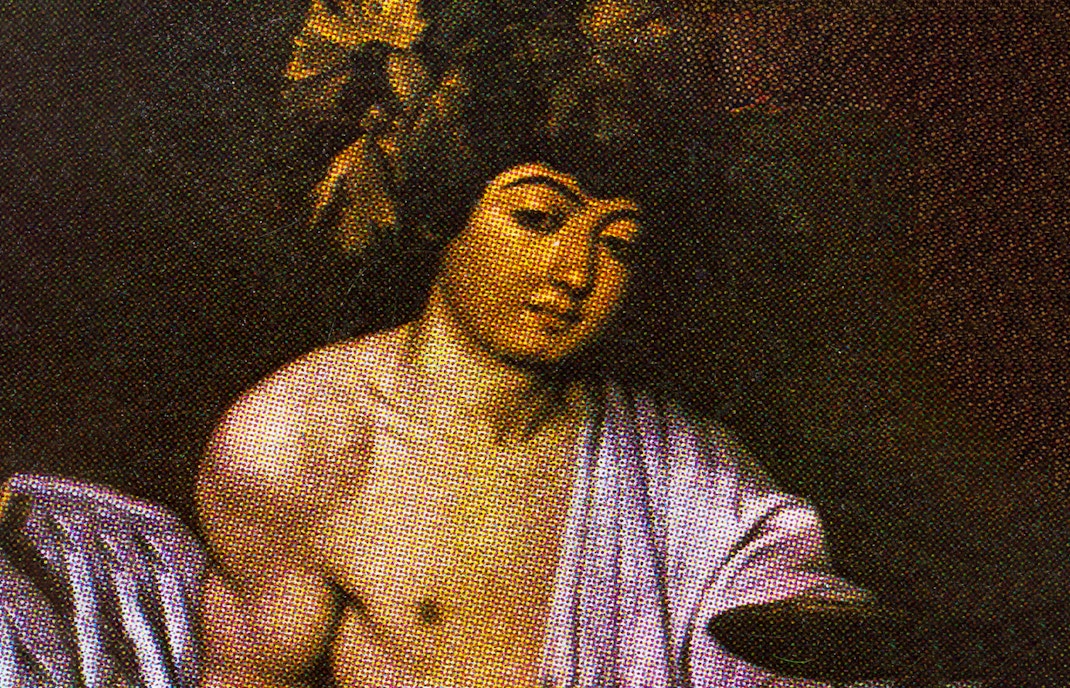Who created Medusa?
Michelangelo Merisi da Caravaggio (1571–1610) was an Italian painter and one of the most radical artists of the Baroque period. Known simply as Caravaggio, he revolutionized painting with his dramatic use of light and shadow, known as chiaroscuro.
Caravaggio’s art was raw, unfiltered, and often controversial, showing religious and mythological figures with startling realism. In Medusa, he chose an unusual medium: a shield rather than canvas. His decision to transpose Medusa’s horror-stricken face with his own features shows his bold and experimental nature.
Personally, he lived recklessly. Brawls, scandals, and even a murder marked his days. Professionally celebrated yet feared, he created masterpieces while fleeing justice, embodying both genius and turmoil. His art and turbulent life remain inseparable.


